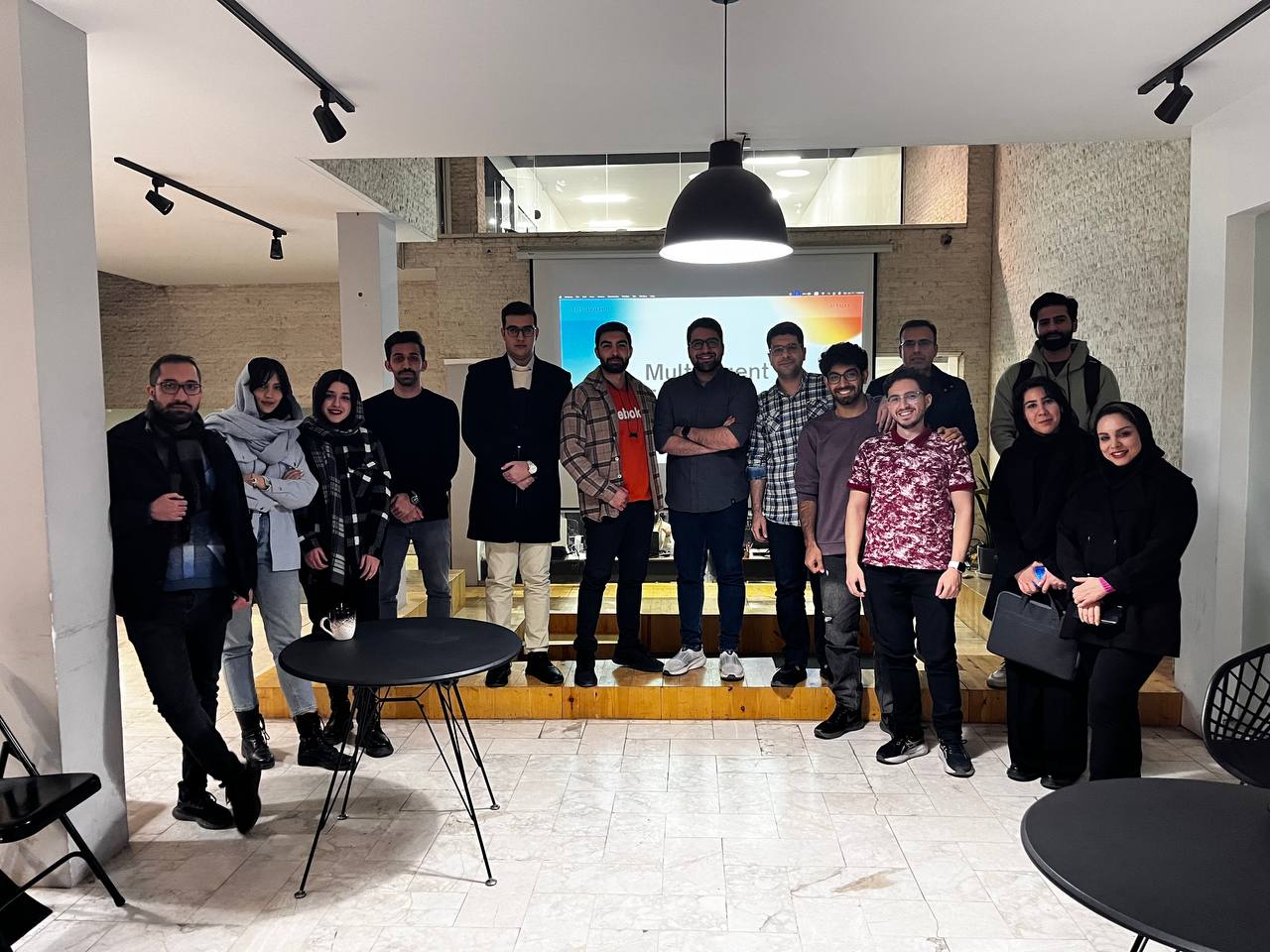
Session 10: Multi-Agent Frameworks, Let agents talk
Presenters
Multi-Agent Frameworks, Let agents talk
In our 10th session of "AI Talks," we explored multi-agent frameworks and their role in enabling agents to interact. We began by defining what an agent is, outlining its ability to reason, call functions, and access external data sources. From there, we introduced multi-agent systems (MAS), explaining their significance in AI, including applications in automation, decision-making, and collaborative problem-solving. We also discussed different structures of MAS, such as single-agent, networked agents, supervised systems, hierarchical designs, and custom frameworks. This provided a solid foundation for understanding how multiple agents coordinate and interact to achieve complex goals efficiently.
Next, we delved into modern multi-agent frameworks, examining key tools that facilitate agent collaboration. We reviewed frameworks such as LangGraph, LlamaIndex Workflow, Eliza, and OpenAI Swarm, each offering unique methods for structuring multi-agent environments. These frameworks help streamline communication between agents, optimize workflows, and enhance AI capabilities by allowing different models to work together seamlessly. Our discussion highlighted how these tools are shaping the future of autonomous systems, enabling them to tackle intricate problems by distributing tasks across specialized agents.
Finally, we explored a flow-based architecture of a supervisor-driven multi-agent system. The visual representation demonstrated how a supervisor agent routes user queries to appropriate specialized agents, consolidating responses to provide structured outputs. This approach ensures efficiency, scalability, and better coordination among multiple agents. By understanding these frameworks and designs, we gained insights into how multi-agent systems can enhance AI-driven automation, improve decision-making processes, and support a variety of applications in industries ranging from customer support to advanced research.
Slides link: https://www.canva.com/design/DAGb3wjPLgk/uVzAXYgsx5-MXZk1btWDOA/view?utm_content=DAGb3wjPLgk&utm_campaign=designshare&utm_medium=link2&utm_source=uniquelinks&utlId=h9053f5328e